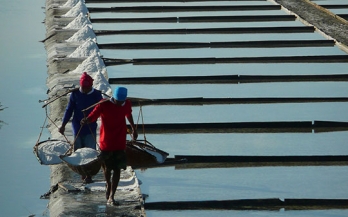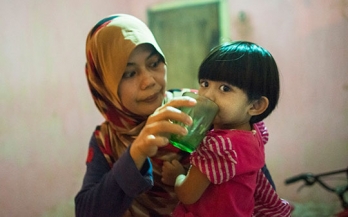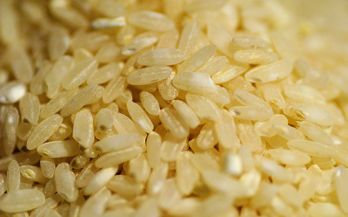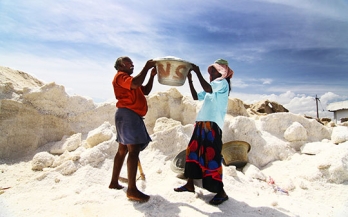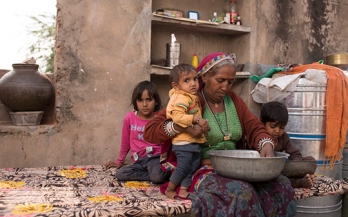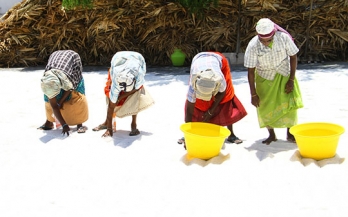The objective of this study was to document the achievements, challenges, lessons learned, and management responses associated with national fortification projects in Morocco, Uzbekistan, and Vietnam.
The objective of this study was to provide an overview of efficacy, effectiveness, economics of food fortification and biofortification, and status of and challenges faced by large-scale food fortification programs in low- and middle-income countries.
This paper reports on case studies supported by the Global Alliance for Improved Nutrition (GAIN)-UNICEF USI Partnership Project to investigate processed food industry use of adequately iodised salt in contrasting national contexts.
The objective of this study was to assess the contribution of iodine intake from iodised household salt, iodised salt in instant noodles, and iodine in ground water in five regions of Indonesia.
The papers presented in this Supplement cover a wide range of topics pertinent to the implementation of large-scale food fortification programs and contribute to strengthening ongoing programs, as well as providing important lessons for new countries.
Food fortification is implemented to address vitamins A and D deficiencies in numerous countries. The stability of vitamins A and D3 was assessed during a two-month period reproducing the usual oil storage conditions before sale to consumers.
The objective of this study was thus to analyze the dietary micronutrient intakes of these women, to select the food vehicles to be fortified and to calculate their contributions to meet the recommended nutrient intake for iron, zinc, vitamin A and folic acid.
Household coverage with iodized salt was assessed in 10 countries that implemented Universal Salt Iodization.
A spatially representative statewide survey was conducted in Rajasthan, India to assess household coverage of atta wheat flour, edible oil, and salt. An even distribution of primary sampling units were selected based on their proximity to centroids on a hexagonal grid laid over the survey area.
A cross-sectional survey was undertaken to estimate household iodised salt coverage at national and sub-national levels in India.



